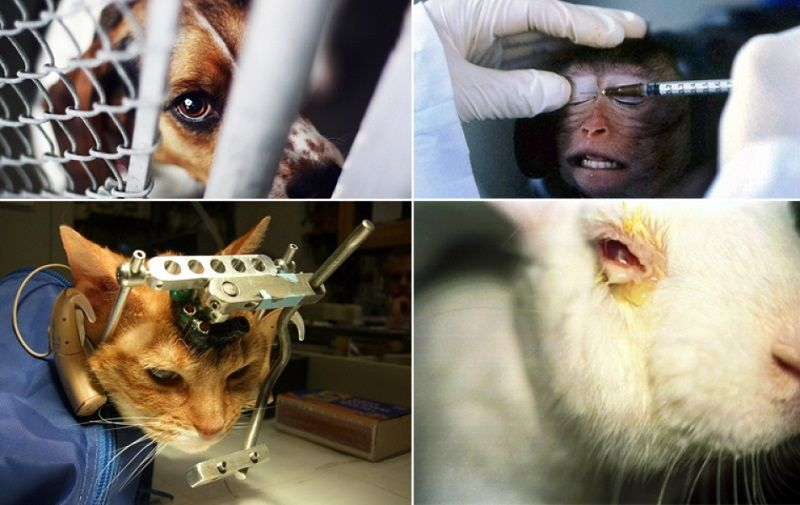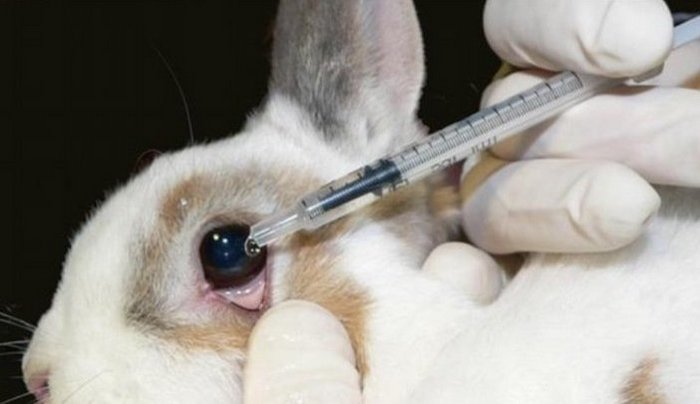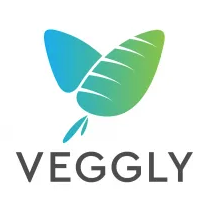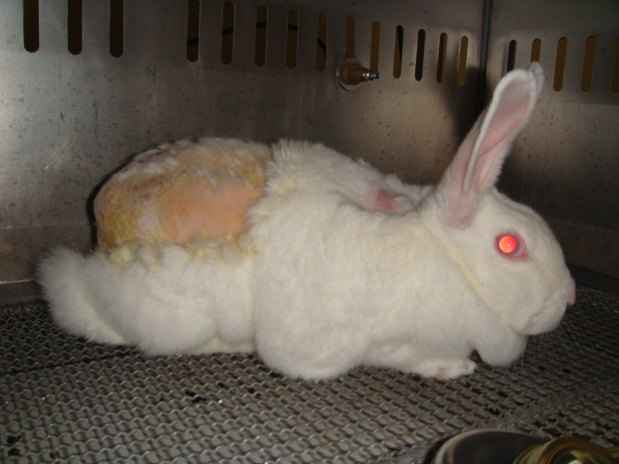and why not consuming them is an act against animal cruelty.
Animal testing has gained notoriety due to the growth of veganism which points this as one of the cruelest practices with animals. Confining an animal to use it as a guinea pig in various types of research is an ancient practice.
In recent history, humans have used animals as tools that allow man to create antibiotics, vaccines and other medicines, but also to test how effective or toxic the ingredients used by the industry are. Throughout the 20th century, the practice of animal testing grew exponentially as a part of the large-scale industrial production. The chemical agents that compose cosmetics, industrialized foods, clothing pigments, remedies, and other various types of products for human use, probably have gone through animal testing in their process.
Analyzing only in the cosmetics industry, Cruelty Free International has estimated that over 500,000 animals serve in testings every year . Laboratories in all segments of the market, with the exception of vegan companies, still use animals ruthlessly to test new ingredients before making their product available.
Multinationals of the food and beverage industry that we can easily find in supermarkets, if are not directly responsible, have business partners who perform these sorts of tests, however, some of them report on their respective websites that they do animal testing only when requested by regulatory agencies, but in practice this means that there are tests, either outsourced or when regulatory agencies from countries such as China and the US request it.
How does animal testing work?
Some trials are preclinical, such as primary skin irritation, cumulative skin irritation, and sensitivity. The animals have areas of its skin scraped, and light scratches are made in different regions, after that a small amount of the product or ingredient is applied on the skin and the area covered with gauze and tape. 24 and 72 hours later the wound is analyzed, to check for any reaction to the skin or lack of it. These injuries usually cause pain and inflammation to the animal if the product tested is in fact harmful.
Google Photo Reproduction
The cumulative skin irritation test prolongs and increases the suffering of the animal, after skin scraping, the scratching procedure and application of the product is repeated during the ten consecutive days. In the sensitization test, contact is maintained between the animal’s skin and an occlusive patch with a small solution of the product or ingredient that will be tested, and involves the injection of a substance known as Freund’s complete adjuvant. According to this document, the use of the adjuvant can be dangerous due to its side effects: pain, fever, nodules, erythema, necrosis and abscess. The test checks whether or not there is an immunological reaction of the subject’s body to the substance.

Google Photo Reproduction
The Draize test (eye irritation): Rabbits are partially immobilized in order to evaluate the irritating effects of the product or ingredient in areas of the animal’s eye (conjunctiva, iris and cornea). The amount of approximately one tenth of a milliliter is dripped in the eye of each rabbit , and it cannot be washed. Its immobilization does not allow the animal to scratch its eyes, which grants the corrosion on the site. If it is found that there was indeed eye irritation, there will be repetition of the experiment for several days in different animals, the consequences are ocular hemorrhage, lack of iris reaction to light, severe redness, swelling in the eyelid region, and even complete eye corrosion and ultimately blindness.

Google Photo Reproduction
The phototoxicity test is done in hairless mice, rabbits, pigs or guinea pigs, in order to understand how much a skin area becomes sensitive to visible light or ultraviolet rays, usually the skin of this animal is burned and peeled.
In toxicity testing it is analyzed whether the ingredient or product has the potential to destroy body cells, it is classified into two tests: In the LD50 carried out in rats and also in other animal species, the test substance for gastric intubation is applied and the procedure seeks to know the value of a possible dosage of the product that would be sufficient to cause the death of animals used as guinea pigs, this procedure is lethal for 50% of animals. The other 50% who survive suffer intensely until they are sacrificed.
The percutaneous toxicity test consists of applying the substance to the skin of rabbits, where it remains for 24 hours straight. The test is done for 14 consecutive days in order to record data on the amount of toxicity and mortality of the substance. After this period of percutaneous toxicity testing, whether these animals have died by sacrifice or by lethal dose, they have their internal organs examined.
The Vegan Society has stressed that “Veganism is a way of living that seeks to exclude as far as it is possible and practicable all forms of exploitation and cruelty to animals, whether for food, clothing or any other purpose” – and we know that yes, for many who live in large urban centers it is possible and practicable to avoid products from companies that test on animals. The right to consume is individual, but the right to life is universal. #Govegan!
Resources:
Souza, Robson Fernando de – “Animal Rights and Veganism: Conscience with Hope,
Arivegan.com.,
Brazilian Ministry of Health: Ordinance nº 1,480/1990
Don’t miss the Veggly Blog
So there you have it!
As Veggly grows further, make sure you stay up to date and read some of our success stories and messages from our users who found love from their Veg-Matches – all on this page here.
Stay up to date with all of our announcements, other news stories, blog posts, and recipes. Please follow Veggly across our social channels:





